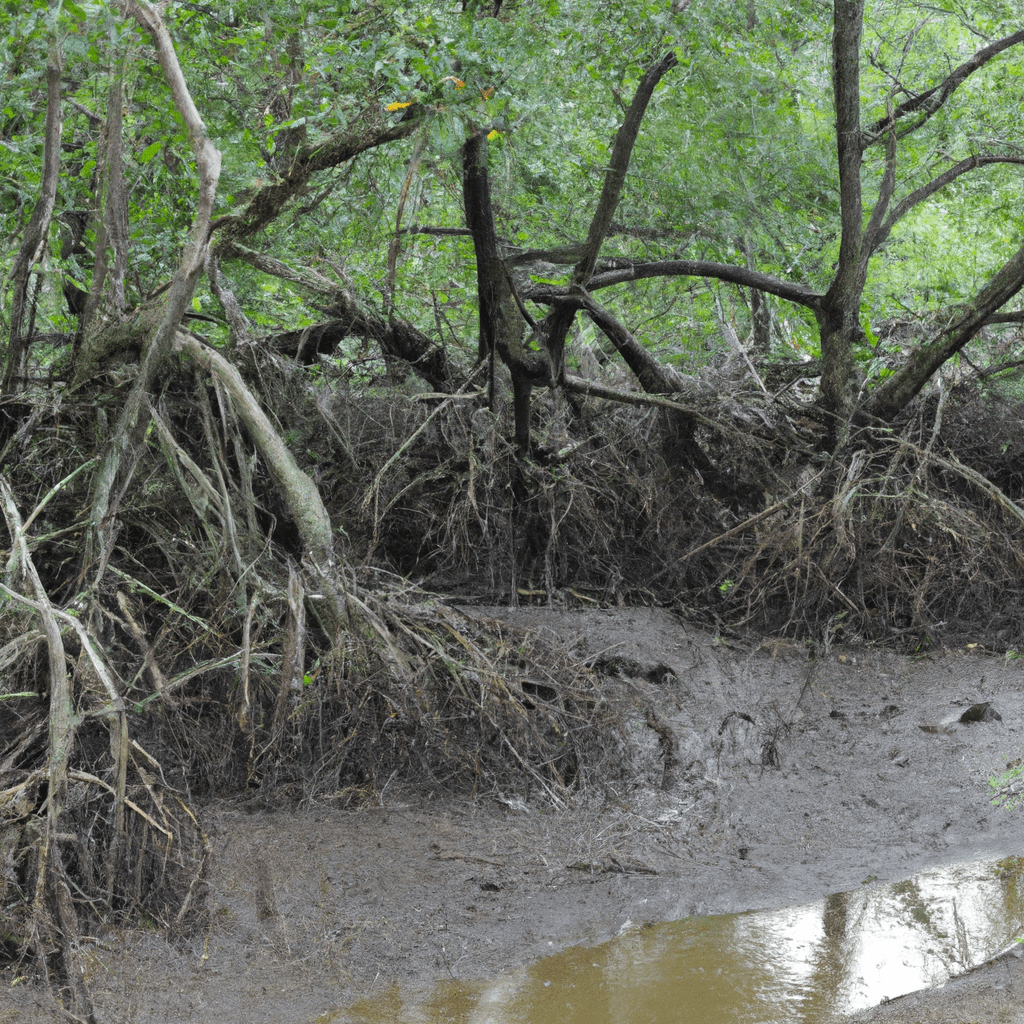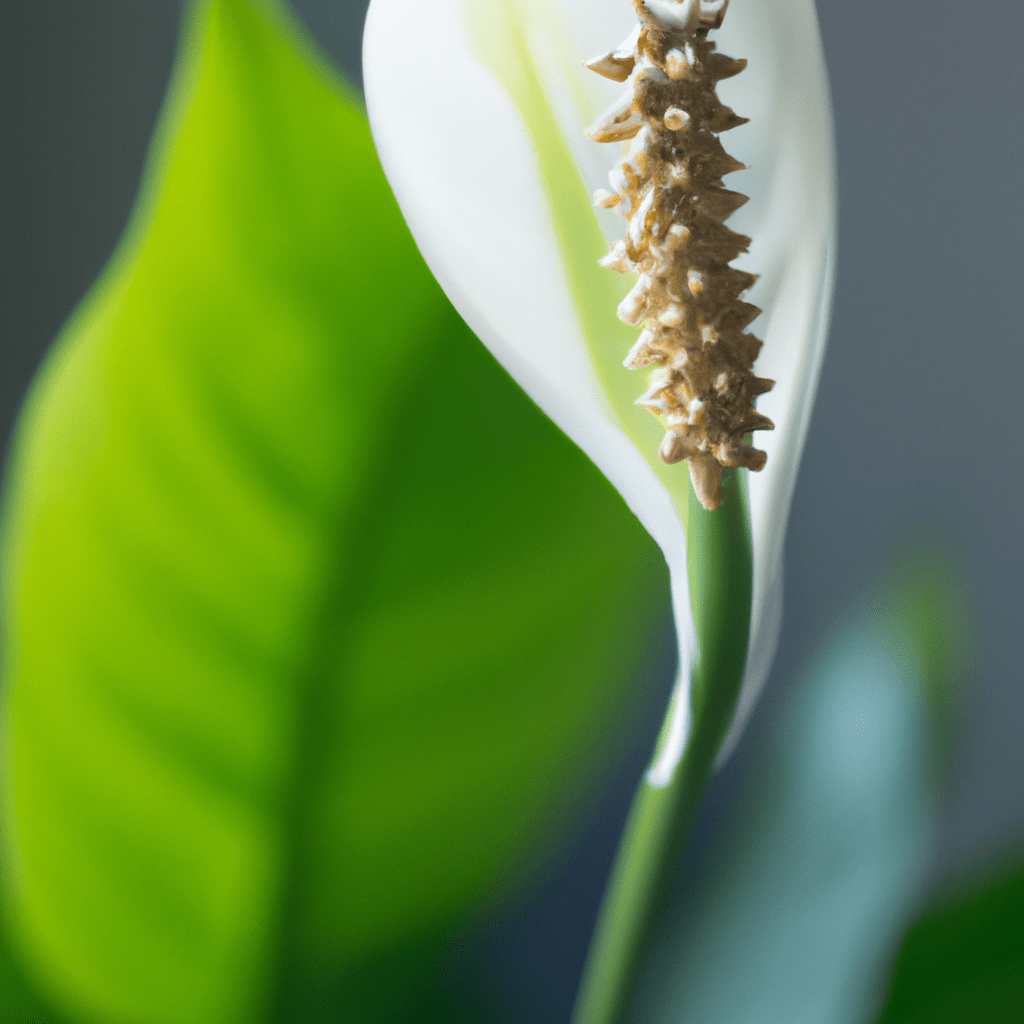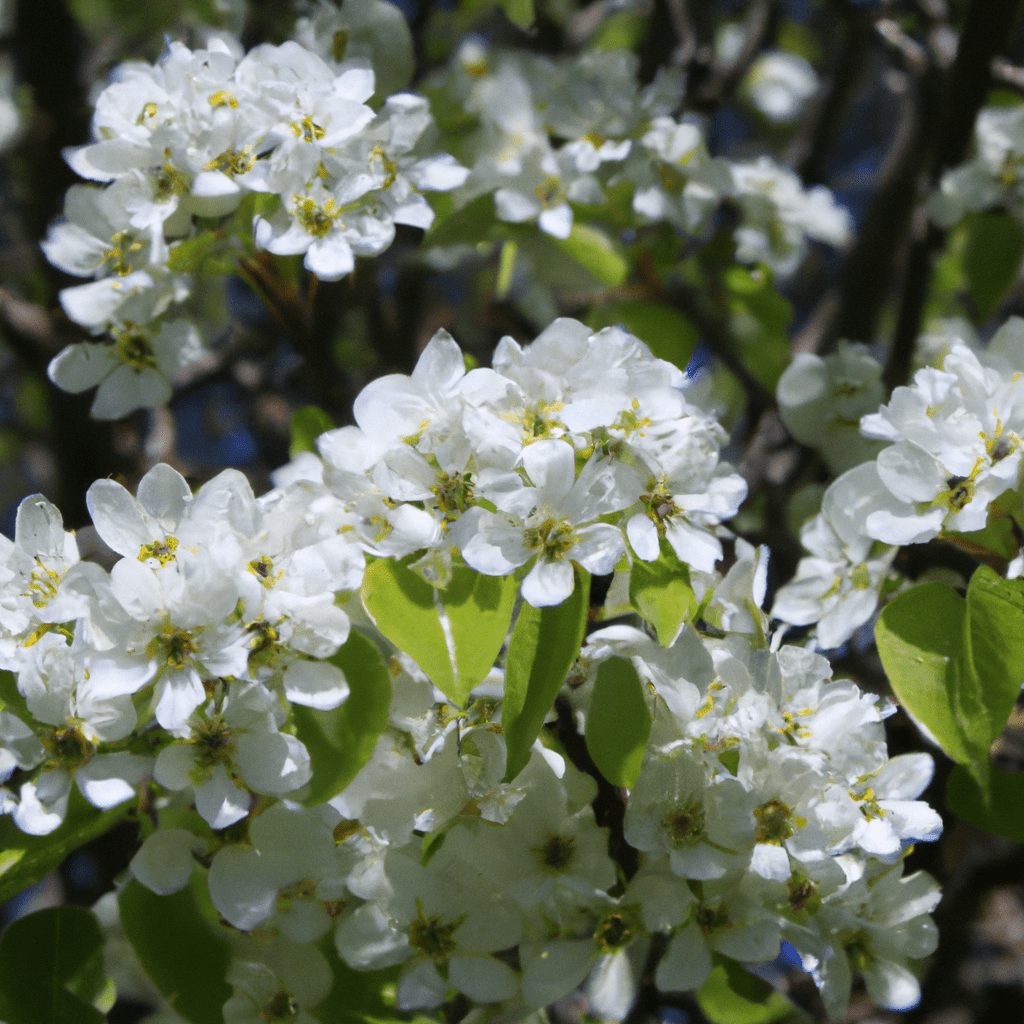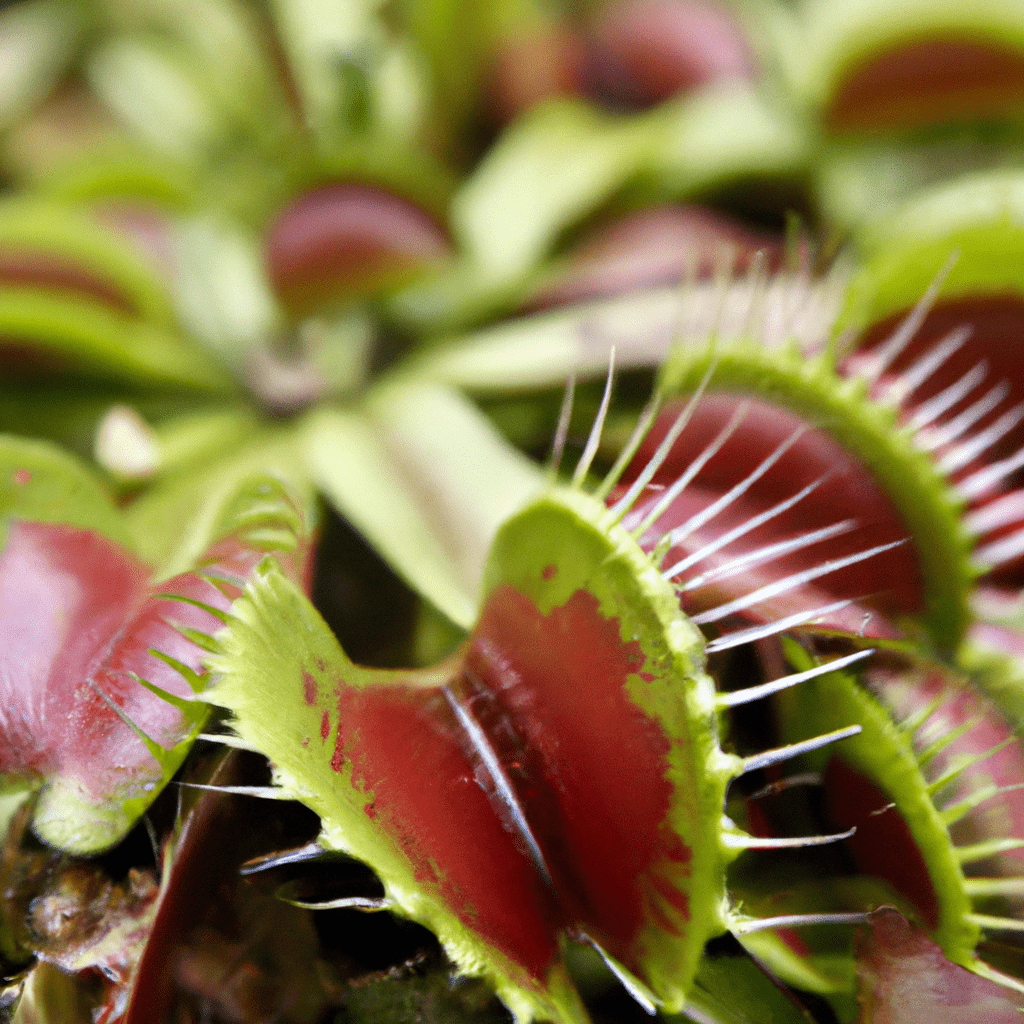Step into the extraordinary world of the Black Mangrove, a remarkable plant species that thrives in coastal regions around the globe. In this article, we will discover 30 fascinating facts about this unique botanical marvel. From its ecological significance to its impressive adaptations, prepare to be captivated by the wonders of the Black Mangrove.
- Coastal Pioneer: The Black Mangrove, scientifically known as Avicennia germinans, is a pioneer species that establishes itself in coastal habitats, including saltwater marshes, mangrove swamps, and estuaries. Its ability to thrive in challenging saline environments showcases its adaptability and resilience.
- True Survivor: Black Mangroves are adept at surviving in harsh conditions. They possess specialized adaptations, such as salt-excreting glands on their leaves, which enable them to filter out excess salt and thrive in saline environments that are inhospitable to many other plant species.
- Thriving on Stilts: Black Mangroves employ a unique strategy for stability in their watery habitats. They develop aerial roots, known as pneumatophores, which rise above the water level and provide structural support. These roots allow them to anchor firmly in the muddy substrate, preventing them from being swept away by tides and currents.
- Filtering Masters: One of the essential roles of Black Mangroves is their ability to filter and cleanse water. Their intricate root systems trap sediments and pollutants, improving water quality and providing a crucial service to the surrounding ecosystem.
- Carbon Sink Champions: Black Mangroves are exceptional carbon sinks. They absorb large amounts of atmospheric carbon dioxide and store it in their biomass and the sediments where they grow. This makes them vital allies in mitigating climate change by reducing greenhouse gas levels.
- Floating Nurseries: Black Mangroves are renowned for their unique reproductive strategy. They produce buoyant propagules, resembling miniature plants, which fall into the water and float until they find suitable substrate to take root. These floating nurseries ensure the dispersal and successful colonization of Black Mangroves in new areas.
- Shelter for Aquatic Life: The complex root systems of Black Mangroves create intricate habitats that serve as crucial nurseries for a wide variety of marine and estuarine organisms. Young fish, crustaceans, and mollusks find refuge among the submerged roots, providing them with protection and abundant food sources.
- Feathered Haven: Black Mangroves provide vital nesting sites for numerous bird species. The dense foliage and the sturdy branches offer ideal roosting spots and safe havens for nesting birds, including herons, egrets, and even the elusive mangrove cuckoo.
- Coastal Erosion Protectors: With their extensive root systems, Black Mangroves play a significant role in preventing coastal erosion. The interwoven network of roots stabilizes the soil, reducing the impact of wave energy and protecting shorelines from erosion and storm surges.
- Medicinal Marvels: Black Mangroves possess medicinal properties that have been recognized for centuries. Various parts of the plant, such as the bark and leaves, have been used in traditional medicine to treat ailments ranging from skin infections to gastrointestinal issues. The natural compounds found in Black Mangroves continue to be explored for their potential in modern medicine.
- Unlikely Freshwater Producers: While they typically grow in saline environments, Black Mangroves have a fascinating ability to produce freshwater through a process known as reverse osmosis. They draw saltwater up through their roots, filtering out the salt, and releasing fresh, filtered water through specialized salt glands on their leaves.
- Slow but Steady Growth: Black Mangroves have a relatively slow growth rate compared to other tree species. It can take several years for a Black Mangrove seedling to reach maturity and begin producing its characteristic propagules. However, their longevity and steady growth ensure their continued presence in coastal ecosystems.
- Environmental Indicators: The presence and health of Black Mangroves serve as valuable indicators of the overall health of coastal ecosystems. Their decline or disappearance can signify ecological imbalances, such as increased pollution levels or habitat degradation, prompting conservation efforts to restore their habitats.
- Hidden Biodiversity Hotspots: Black Mangroves are home to a wealth of biodiversity, both above and below the water’s surface. Their roots provide shelter and feeding grounds for countless organisms, including sponges, barnacles, crabs, and juvenile fish, creating intricate ecosystems that support a web of life.
- Wind and Stormbreakers: Along coastlines prone to tropical storms and hurricanes, Black Mangroves act as natural barriers, reducing the impact of strong winds and storm surges. Their dense foliage and intricate root systems absorb and dissipate energy from these natural disasters, protecting inland areas from their full force.
- Intertidal Heroes: Black Mangroves are ideally suited to the ever-changing intertidal zone, where they experience regular exposure to both air and water. Their unique adaptations allow them to thrive in this dynamic environment, making them a vital component of intertidal ecosystems.
- Soil Stabilizers: The extensive root systems of Black Mangroves play a crucial role in stabilizing the soil in coastal areas. Their roots trap sediments and organic matter, creating a nutrient-rich substrate that promotes the growth of other plant species and fosters a diverse ecosystem.
- Sustainable Timber: Black Mangroves have been traditionally used for timber in coastal communities. Their wood is highly durable and resistant to rot, making it an excellent material for construction, boat-building, and furniture. Sustainable harvesting practices ensure the long-term viability of this valuable resource.
- Wading Bird Haven: Black Mangroves provide essential foraging grounds for wading birds, such as herons and ibises. The shallow waters surrounding the mangrove roots teem with fish, crustaceans, and other small creatures, offering an abundant food source for these elegant avian visitors.
- Cultural Significance: Black Mangroves hold cultural significance in coastal communities around the world. They have been an integral part of the livelihoods, traditions, and folklore of these communities for generations, symbolizing resilience, adaptability, and the interconnection between land and sea.
- Oil Spill Mitigators: In the unfortunate event of an oil spill, Black Mangroves play a crucial role in mitigating the environmental damage. Their dense root systems and ability to filter pollutants help to trap and break down oil, limiting its spread and minimizing its impact on coastal ecosystems.
- Global Distribution: Black Mangroves have a wide global distribution, found along the coasts of North and South America, Africa, Asia, and Australia. This widespread presence highlights their adaptability to various climates and coastal conditions.
- Nutrient Cycling Specialists: Black Mangroves excel in nutrient cycling, efficiently recycling organic matter and nutrients within their ecosystem. They absorb and store nutrients from decaying leaves and other detritus, contributing to the overall productivity and vitality of the coastal habitat.
- Adaptation to Salinity: Black Mangroves have specialized adaptations to cope with high salinity levels. They have salt glands on their leaves that excrete excess salt, allowing them to maintain a healthy water balance and thrive in saline environments.
- Climate Change Warriors: The presence of Black Mangroves in coastal areas is essential in the fight against climate change. Their extensive root systems and ability to sequester carbon make them powerful allies in mitigating the effects of rising greenhouse gas levels and protecting vulnerable coastal regions.
- Bioengineering Champions: Black Mangroves are natural bioengineers, shaping their environment through the complex network of roots they develop. They stabilize sediments, create new landmasses, and enhance coastal resilience, providing a valuable example of nature’s engineering prowess.
- Oxygen Producers: Like other plant species, Black Mangroves play a crucial role in oxygen production through photosynthesis. Their lush foliage and vast stands contribute to the oxygen levels in coastal ecosystems, supporting the diverse life forms that depend on this vital element.
- Coastal Camouflage: The dark, leathery leaves of Black Mangroves provide excellent camouflage in their coastal habitats. This helps protect them from herbivores and provides a visual blending with the surrounding vegetation, allowing them to go unnoticed by predators.
- Nursery for Marine Life: The intricate root systems of Black Mangroves serve as nursery habitats for numerous marine species, including fish, crabs, and shrimp. These roots provide shelter, protection, and abundant food sources, ensuring the survival and growth of these valuable marine organisms.
- Conservation Efforts: Recognizing the ecological importance of Black Mangroves, conservation organizations and coastal communities are actively engaged in preserving and restoring their habitats. Through reforestation initiatives and protected area designations, efforts are underway to safeguard the future of these vital coastal ecosystems.



